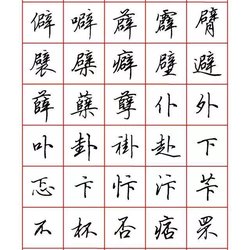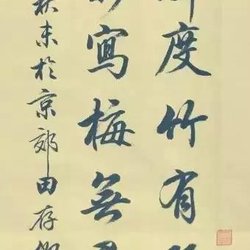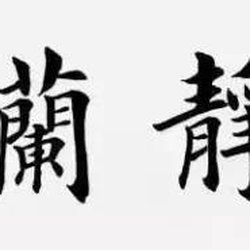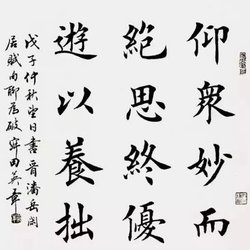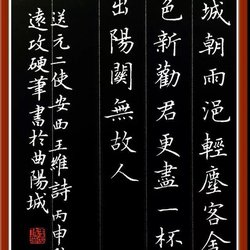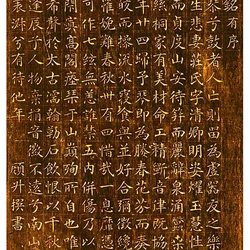Zhao Mengfu, also known as Zi'ang, also known as Songxue Taoist, also known as Crystal Palace Taoist and Oubo. In his middle age, he once served as Mengfu. A native of Wuxing, Zhejiang (now Huzhou, Zhejiang). A famous calligrapher, painter, and poet from the late Southern Song Dynasty to the early Yuan Dynasty, he was the eleventh grandson of Song Taizu Zhao Kuangyin and the direct descendant of Qin King Zhao Defang.
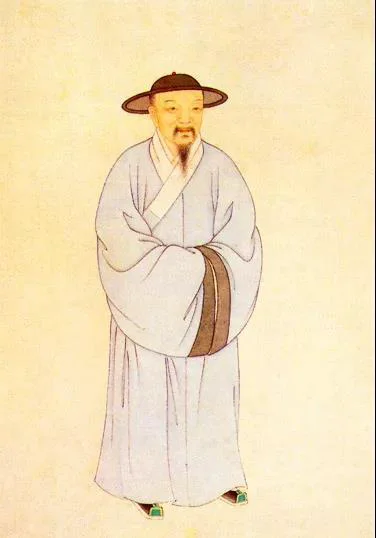
Zhao Mengfu started calligraphy practice when he was 5 years old. He studied "Thousand Character Essay" every day and wrote 500 pieces of paper every day, up to 10,000 words. He never stopped for more than ten years.
However, this kind of training can only lay down a solid basic skill, and calligraphy skills will have to wait until he meets the "Two Kings".
In May 1284, Zhao Mengfu, who was walking in the upper class of society and begging for food in the lower class, was lucky enough to encounter the second, fifth and eighth volumes of "Chunhua Secret Pavilion Dharma Notes" in a bookstore in Wuxing.
"Chunhua Secret Pavilion Dharma Calligraphy" is the favorite of calligraphers after the Song Dynasty. In the third year of Chunhua in the Song Dynasty (992), Emperor Taizong Zhao Guangyi ordered the ink ink from all dynasties stored in the inner palace to be collected, and ordered the imperial official Wang to compile and catalog it, then carve it into stone tablets and print it into a book called "Chunhua Pavilion Tie", or "Chunhua Pavilion Tie". "Secret Pavilion Dharma Tie", referred to as "Ge Tie".
There are ten volumes of this post. The first volume is written by emperors of past dynasties. The second, third and fourth volumes are written by famous ministers of past dynasties. The fifth volume is written by ancient Dharma posts of various families. The sixth, seventh and eighth volumes are written by Wang Xi. The ninth and tenth volumes are written by Wang Xi. Wang Xianzhi's book.
The art of calligraphy can be roughly divided into "tie studies" and "stele studies". The path of "tie studies" lies in this.
With three volumes, Zhao Mengfu became obsessed and tried every means to collect the remaining volumes. The emperor paid off, and in May of the following year, Zhao Mengfu obtained another seven volumes of pavilion papers, one, three, four, six, seven, eight and ten. There is an eighth volume, but only a ninth volume is missing. A month later, after learning that Kang Zixu of Hangzhou had this scroll, he came to exchange for it with an extra roll of pavilion postcards and a roll of Liu Gongquan postcards, and finally got the full collection.
From May of the 21st year of the Yuan Dynasty (AD 1284) to June of the following year, Zhao Mengfu collected the entire "Ge Tie Zuben". It was indeed not easy, and I was very happy. In August of the same year, he wrote the long "Inscribed Chunhua Ge Tie Zuben", which is the "Ge Tie Postscript". Zhao Mengfu loved "Ge Tie" throughout his life, observing and stroking it from time to time. In the second year of his reign (AD 1309), the fifty-six-year-old Zhao Mengfu was about to visit the whole country. From then on, it took six years to complete all ten volumes at the age of sixty-one, which can be said to be a profound and diligent work. "The beauty of calligraphy is also the glory of this calligraphy." This is his extremely high evaluation of "Ge Calligraphy".
For Wang Xizhi, Zhao Mengfu highly praised him: "It was very prosperous in the Jin Dynasty. After crossing the Yangtze River, Wang Xizhi, the general on the right, summed up the achievements of hundreds of schools of thought, and was extremely wonderful in his body. He passed it down to his descendants and presented it to his descendants. It is very special. Therefore, those who have been praised as good calligraphers in the past dynasties, The Wang family and his son must be held in high esteem, and even if there are good people, they will be treated with contempt."
The opportunity between "Tie Xue" and Zhao Mengfu may be the same as the opportunity between "Stele Study" and Fu Shan, which cannot be changed by human power.
With the complete volume of pavilion calligraphy, Zhao Mengfu played with it day and night and copied it repeatedly. During this period, he also copied Wang Xizhi's "Sleeping and Food Calligraphy", "Daodao Calligraphy" and Wang Xianzhi's "Nanny Calligraphy", and his calligraphy skills improved rapidly. After thousands of times of study and study, coupled with his own internal creation, Zhao Mengfu's calligraphy art level was finally able to "five hundred years up and down, ten thousand miles across, restore the ancient times of the two kings, create a generation of trends", and become an eternal famous master.
In the twenty-third year of the Yuan Dynasty (1286), Zhao Mengfu was recommended by Cheng Jufu, the imperial censor in Xingtai, and met with Kublai Khan, the founder of the Yuan Dynasty. Kublai Khan admired his talent and appearance and treated him with great respect. He has successively served as a bachelor of Jixian, the general manager of Jinan Road, a Confucian promoter in Jiangsu and Zhejiang and other places, and a bachelor of Imperial Academy.
In the winter of 1291, Shi Yan brought Zhao Mengfu's "On the Passage of Qin" in small regular script back to Hangzhou. Xian Yushu and Guo Tianxi both praised it after seeing it.
In the spring of 1307, Zhao Mengfu received the "Song Ning Zong Book Genealogy". He cherished it and said that this book genealogy "came from six generations". He liked it very much and thought it was a rare treasure. He also said that he hoped that " It will be a treasure for generations to come, and if you are familiar with it and play with it carefully, there will be someone who will get it."
On September 6 of that year, Mou Gao wrote a postscript for Zhao Mengfu's "Wen Fu", saying that "the regular script is so distorted that the beauty of the words is inherent in it, and it is not without the beauty of the words that they are intertwined." . This was also the first time that a literary figure like Mou Gong spoke out for Zhao Mengfu and confirmed his leadership status in the calligraphy world.
Similar praises followed one after another. Soon after, Huang Zhonggui wrote a regular script volume of Zhao Mengfu's "Yin Fu Jing" and said that his "writing power is exquisite and does not diminish the right army" - this was the first time that his contemporaries compared him with the "Sage of Calligraphy". Once again emphasize his status and value in the contemporary calligraphy world.
In any case, at this time, Zhao Mengfu had become a great scholar of his generation, and he would be glorious throughout the ages.
Zhao's achievement in calligraphy is inseparable from his ability to absorb the strengths of others. What is particularly valuable is that most calligraphers in the Song and Yuan Dynasties were only good at running and cursive styles, but Zhao Mengfu was able to master all styles. His articles are unparalleled in their time, and they also refer to the teachings of Buddhism and Laoism. Many later generations learned Zhao Mengfu's calligraphy, and Zhao Mengfu's calligraphy was very popular in Korea and Japan.
Zhao Mengfu never left the two kings in his study of calligraphy throughout his life, but he was able to absorb the writing techniques of the ancients, consider them thoroughly, and become his own style. The ancient method he advocated was directly related to the calligraphy of the Jin and Tang dynasties, and he himself was able to turn retro into ancient and eventually became a great master.
Appreciation of Zhao Mengfu's calligraphy
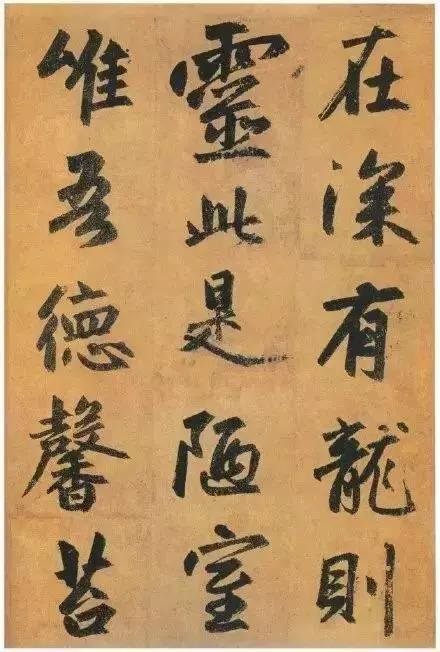
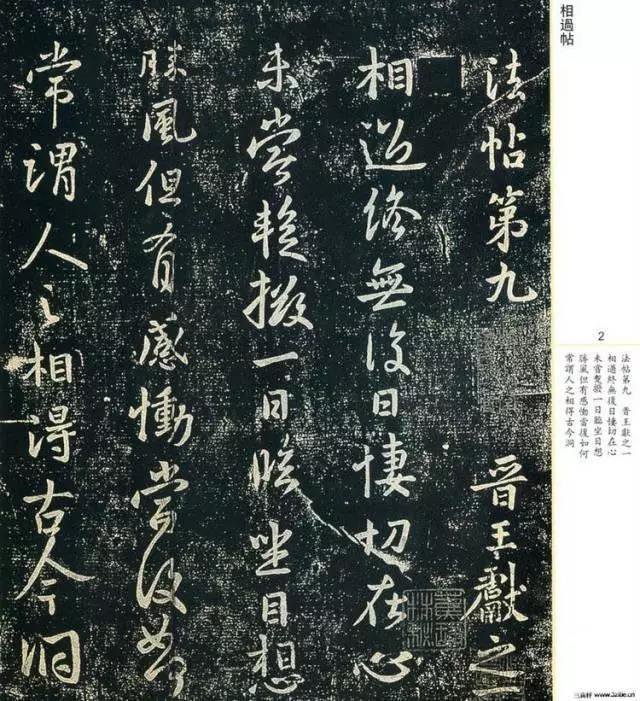
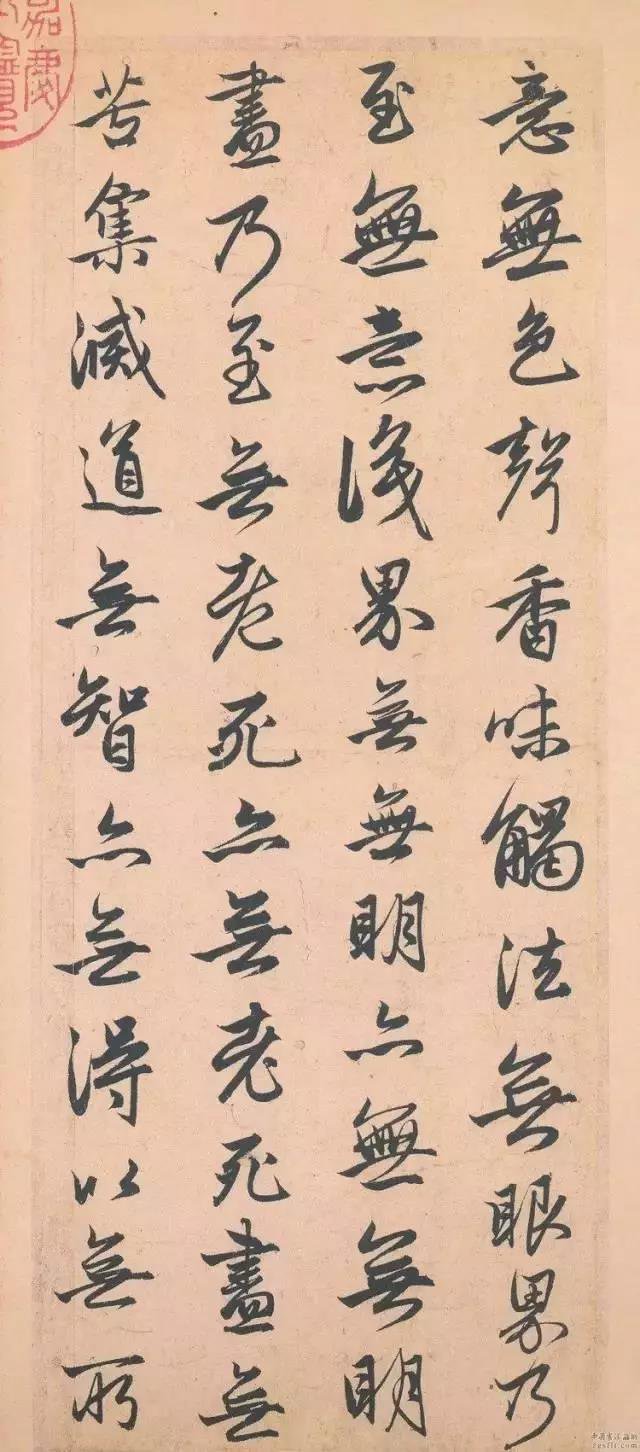
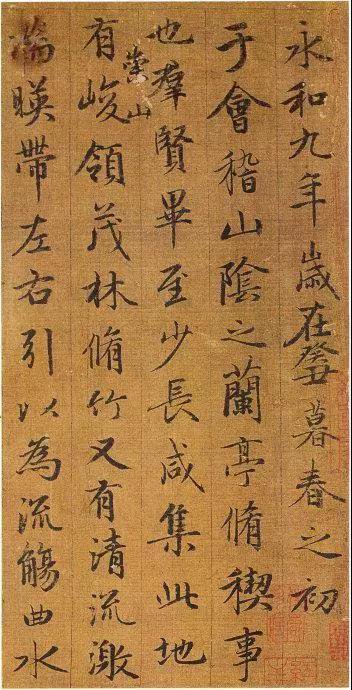
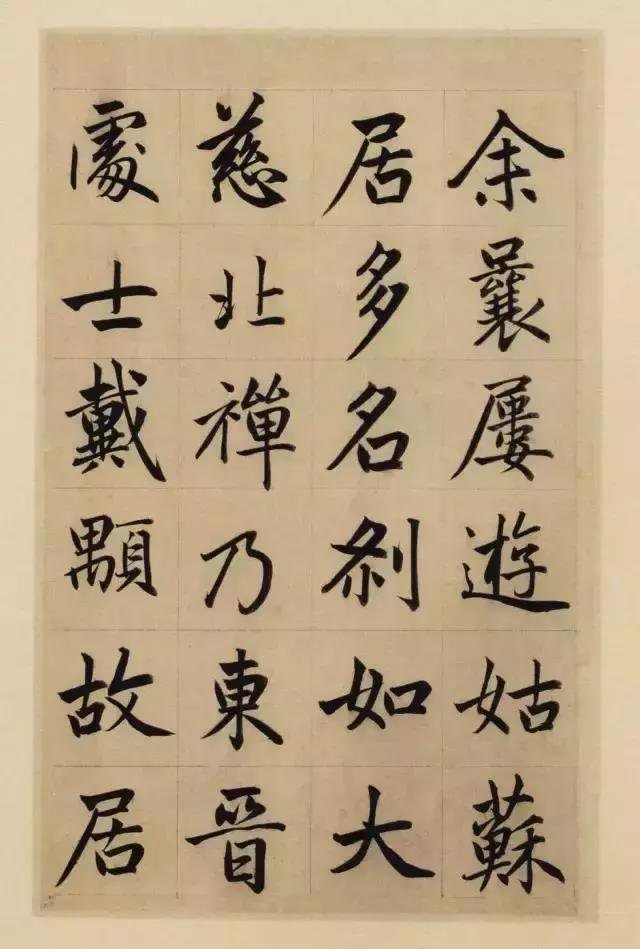
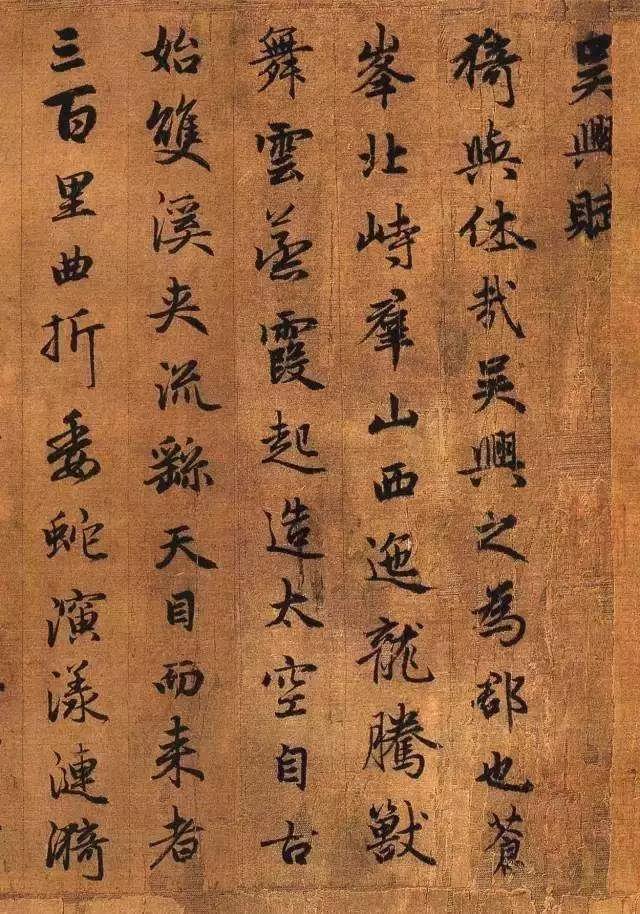
This article is published by 15CiLian.com, please indicate when reprinting: https://www.seowhy15.com/a/381.html

